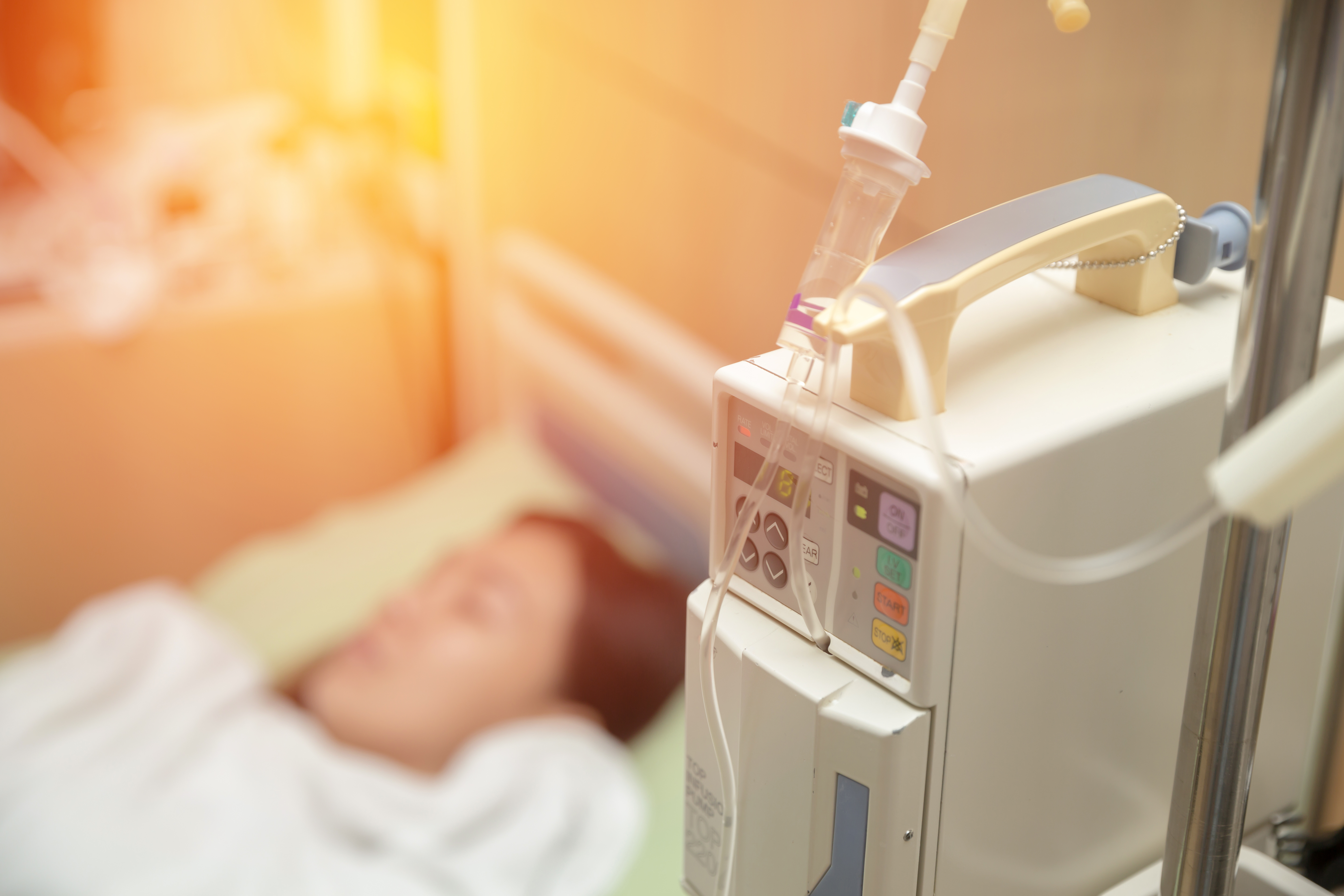Study Details Economic Impact of Disease Worsening in Newly Diagnosed IPF Patients

More effective treatment of idiopathic pulmonary fibrosis (IPF) is needed for reasons as solidly grounded in economics as they are in basic healthcare, a study published in the Journal of Managed Care & Specialty Pharmacy points out — showing that acute exacerbations and disease-related hospitalizations in lung fibrosis patients are associated with high costs.
The study, “Patterns and Economic Burden of Hospitalizations and Exacerbations Among Patients Diagnosed with Idiopathic Pulmonary Fibrosis,“ is the first to assess the economic burden of idiopathic pulmonary fibrosis-related hospitalizations and exacerbations.
Studies investigating the rate of disease exacerbations in lung fibrosis patients tend to produce variable results, a consequence of variable definitions, uncertainty in diagnosis, and differences in care settings, study designs, patient selection, or follow-up period. While annual rates of 5 percent to 10 percent have been estimated, some studies show much higher figures.
Performed by Boehringer Ingelheim Pharmaceuticals, the study investigated the real life incidence and cost of exacerbations by analyzing data from a national commercial claims database.
Researchers identified 1,735 newly diagnosed IPF patients from the claims, registered between 2006 to 2011. Among these patients, hospitalizations for all causes amounted to 38.6 percent, while at least one pulmonary fibrosis-related hospitalization was found in 10.8 percent.
The study also reported that suspected exacerbations led to hospitalization in 4.6 percent of cases, while 72.1 percent experienced suspected exacerbations leading to acute outpatient visits during a one-year period following the first fibrosis-related claim.
Calculations of costs per event showed that acute outpatient visits because of suspected worsening cost on average $444, with a large standard deviation of $1,481. Hospitalization was naturally more costly, with suspected and confirmed fibrosis-related exacerbations averaging $14,731 and $16,812, respectively, again with very large variations.
Analysis showed that a majority of possible exacerbations occurred within the first 90 days after a pulmonary fibrosis diagnosis. Along with the fact that IPF patients have a median survival of three years, this might indicate that patients included in recent clinical trials — requiring patients to be diagnosed within five years before trial start — might represent a group of long-term survivors, showing the need to stratify analyses of disease exacerbations.
While the rate of all-cause hospitalizations in this study was similar to what has been described for elderly individuals with chronic obstructive pulmonary disease (COPD), the cost for fibrosis care was substantially higher.
“Appropriate management of IPF needs to be considered to help slow IPF disease progression,” the authors concluded, to avoid costly “hospitalizations and possible exacerbations among patients.”







